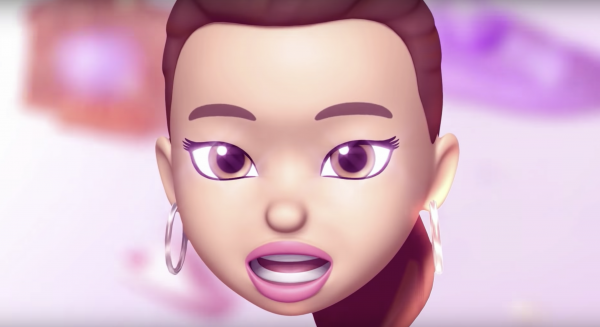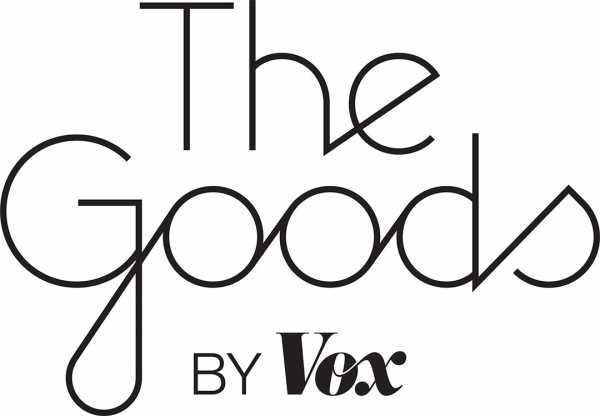

Sunday night during the Grammys, awards were handed out. But during the commercial breaks, Wiz Khalifa ate Oreos with his son, Serena Williams drove a fancy car, and Ariana Grande’s disembodied head sang “7 rings,” the song that Grammys producer Ken Ehrlich supposedly barred her from performing onstage, in a new commercial for Apple’s Memoji feature.
“Look at my neck!” the cartoon Ariana Grande ordered, despite not having a neck. Similar commercials were made featuring the Grammy-nominated country duo Florida Georgia Line and 2018 Best New Artist nominee Khalid. The real Ariana Grande won best pop vocal album for Sweetener, and wore a Cinderella ball gown to sit on the floor of her own house.
But what exactly is this ad even for? What are these little cartoon heads?
Memoji is an iteration on Animoji, the feature that allowed iPhone X owners to put their own voices into an array of different animal heads (or the poop emoji). These are customized Animojis that are supposed to look like the sender — essentially the same thing as Snapchat’s Bitmoji, except they move. They’re only available on the four latest iPhones — X, XS, XS Max, and XR — because they require Apple’s relatively new TrueDepth camera tech to do accurate face mapping. You can send videos up to 30 seconds long of your Memoji in iMessage, if that seems more fun than a typical voice note.
Donald Glover, who won Song of the Year and Record of the Year for his single “This is America,” released under his musical moniker Childish Gambino, also stayed home from the ceremony. He appeared only briefly, in a prerecorded clip already released on his Instagram, as himself and as an animated version of himself having a dance battle with each other in a commercial for Google’s Playmoji feature. Playmoji’s Playground app was originally called AR Stickers, and uses Google’s augmented reality tech to put dancing celebrities into photos and videos taken with any of its Pixel phones. Google is particularly proud of how lifelike Playmoji are, emphasizing that they cast shadows and interact with light in realistic ways, and that they can even “[react] to your facial expressions in real time thanks to machine learning.”
(Both are slightly better than Samsung’s AR Emoji, which debuted in February 2018 and were described by The Verge’s Sam Byford as “kind of horrifying.”)
Trade publication AdAge called the similar commercials an “ad duel,” citing one tweet that asked, “Am I the only one who was unaware of a great arms race in emoji tech?” These are sort of violent and dramatic metaphors (which I have echoed in my own subheadline solely because looking at two equally bizarre primetime commercials as a showdown between tech giants can be sort of fun on a Monday).
Google has talked up the Pixel’s augmented reality and creativity features quite a bit, and presumably spent a pretty big chunk of change on the rights to Donald Glover’s … body and movements (both are subject to copyright) in addition to the rights to his unreleased song “Human Sacrifice” plus however much he charges for his time. The incentive to shell out for the best emoji tech and a super-cool celebrity affiliation seems pretty obvious: Globally, most people own Android phones, but in the US, 82 percent of teenagers prefer the iPhone.
Apple already has cultural clout and a long-standing affiliation with the music industry, which makes its Grammys commercials kind of redundant and maybe a little braggy — in that way, “7 rings” is an appropriately showy, bullet-point-boast choice of song! But the various Ariana Grande Memoji shown off in the ad don’t particularly look like her, and it’s just kind of absurd that a neckless blob talking about its “gleaming skin” is what America had to endure in the place of a live performance by Ariana Grande. In this battle, I have to say, I can’t choose a winner. (Actually, I can, and it’s Kacey Musgraves!)
Sourse: vox.com






